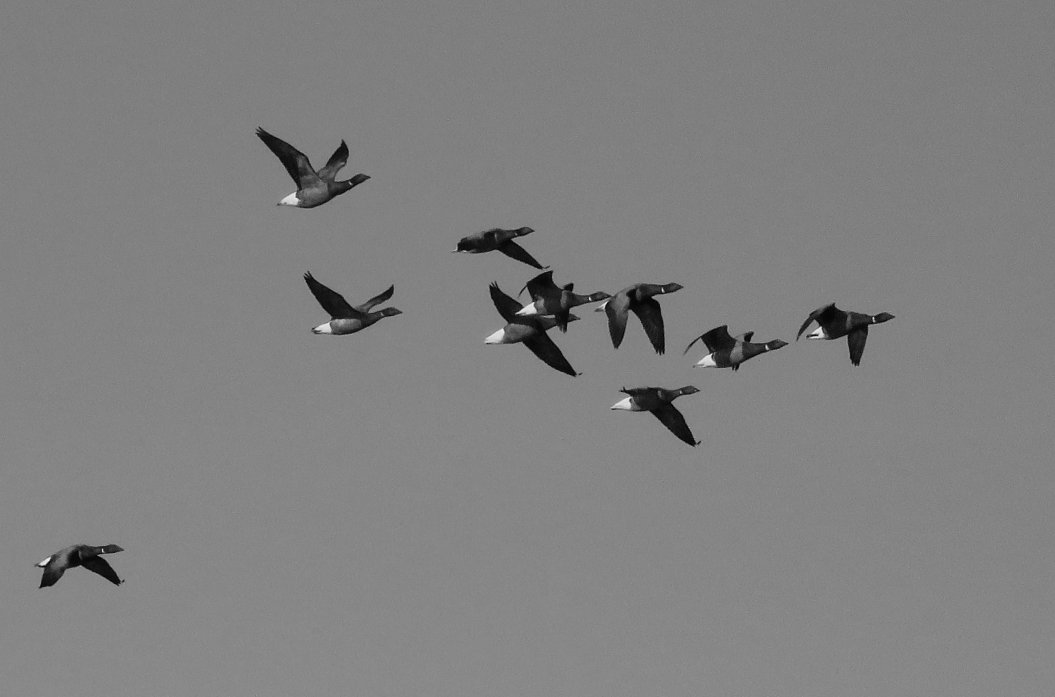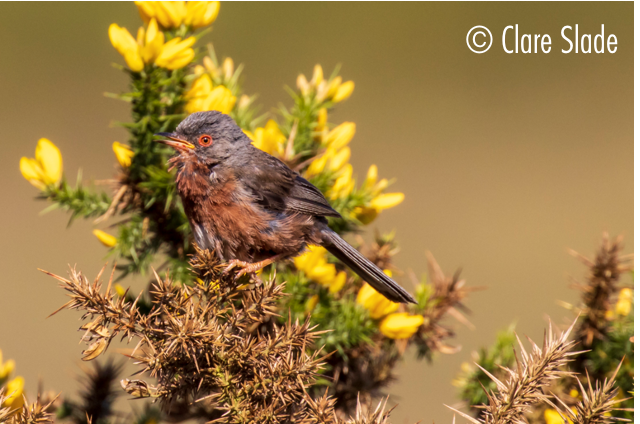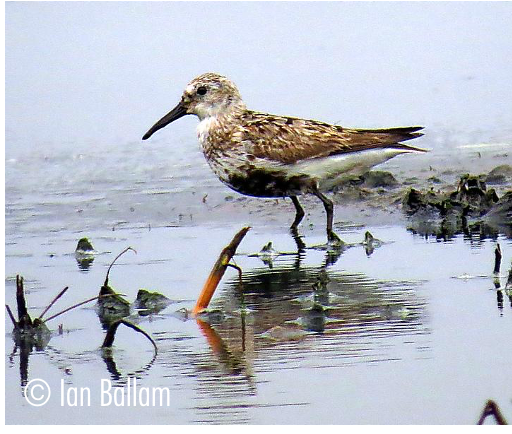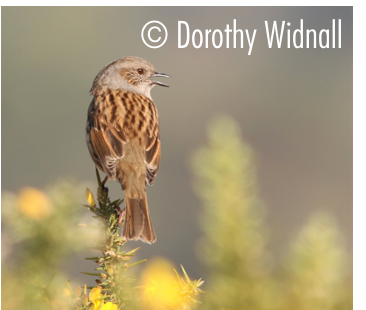An official account of all species that have been recorded and reported by birdwatchers and naturalists in the Poole Harbour area since records began.
The data for this list has been extracted from various sources, but George Greens 'The Birds of Dorset', Mansel-Pleydell's Birds of Dorsetshire, Naylor’s reference manual of rare birds and the back catalogue of Dorset bird reports have provided most information. Data is currently still being researched and records will be updated accordingly.
You can view this information in two different ways. Our alphabetical list provides information on the status of each species within the harbour, finder dates and names, photos and favoured locations. By clicking on the Systematic List button you will be presented the full Poole Harbour systematic list which includes status of species, pending records and historical accounts.
To date, 333 species have occurred and have been accepted within the Birds of Poole Harbour boundaries. A further 11 distinct subspecies have also been seen. In addition, we have two species/subspecies which have been recorded, but are awaiting acceptance by the appropriate records panel.
There are a handful of historical records, for which there is currently insufficient information to allow their inclusion onto the Poole Harbour list, but are believed to be genuine records. They are listed at the end of the list.
Finally, there are a number of feral or escaped species that have been recorded within the Birds of Poole Harbour boundaries. They are included for completeness, but are not included on the Poole Harbour list.
We would be interested in hearing details of any species that do not appeared on this list.
The Birds of Poole Harbour systematic list is a PDF which you can view by clicking on the button below. It was last updated on December 2019.
Full Poole Harbour Systematic List
Dark-bellied Brent Goose
Latin Name
Branta bernicla
Status
Passage Migrant & Winter Visitor
Site And Records Information
Poole Harbour is Nationally important for this species, which arrive in October, feeding all around the harbour. They sometimes linger into the spring and during 2001, 2002, 2016 and 2017 (presumably sick) birds spent the summer in the harbour. Some idea of the numbers of Brent Geese that used to visit the harbour is conveyed by entries in Colonel Hawkers diary “the geese were in tens of thousands” in 1814 and “immense numbers” in 1823. Payne Gallwey, writing in 1890, commented on the rows of gunning punts on the beach and described Poole Harbour as being “one of the best grounds for wildfowl in the kingdom”. The birds started to disappear from the 1930’s and while the decline through parasitic micro organisms of the eel grass Zostera marina, their favourite food, may well have been a factor, hunting was probably to blame. By 1962 Alan Bromby, of Brownsea Island, wrote in Birds of Dorset that he was only counting “up to four in the harbour during January and ten there on 27th December.” By 1967 Dixon commented that “ the Brent Goose that was once common now only arrives in two’s and three’s as an occasional vagrant.”
Then as conservation bodies increased their control and shooting declined numbers started to rise again. By 1974 Tony Wise said, “the winter flock had reached 250 birds. In 1983 numbers had reached 550- 1,000 birds and between 1,300-1,700 birds during the 1990s. Enteromorpha and Ulva are the most important food sources
Now the best place to see the largest flocks are at Middlebere, Newton Bay and Baiter. Smaller flocks are at Evening Hill (where the last of the harbours zostera still grows), Studland Bay where some of the earliest returning migrants occur, and Brands Bay . The harbour maximum is of 2442 in January 2018. Birds often pass Branksome as the commute to and from other local feeding areas or are migrating to or from the Arctic where they breed.

Dartford Warbler
Latin Name
Sylvia undata
Status
Resident
Site And Records Information
The last national survey conducted in 2006 found that Dorset had more Dartford’s than any other county with 754 pairs. Key Poole Harbour sites were Studland and Godlingston (46) and Arne (39). Despite a very cold winter in 2010/11 a survey at Arne in 2011 produced 52 pairs. Active heathland management has improved the quality of habitat for this species and thereby enhances and increases survival during harsh weather. Theoretically, all patches of heathland around the harbour should host Dartford Warbler, and many now do.
They did almost disappear completely though due to the severe winter of 1962/63, when the already rare Dartford Warbler was pushed to it’s limits and existence in the UK due to cold weather. Only a handful of pairs survived that bitterly cold period with an estimated 12 pairs left in Dorset including 4 pairs in and around the Arne Peninsular. When the RSPB took on Arne as a nature reserve in the mid-1960’s one of the main priorities was to re-build the population of Dartford Warbler here in Poole Harbour which they did incredibly well.
Their charismatic and often loud scratchy song is often the first clue to their presence, and with patience you can often be treated to stunning views of that classic image of a Dartford Warbler sitting on top of a gorse bush.

Desert Wheatear
Latin Name
Oenanthe deserti
Status
Vagrant
Site And Records Information
Rare wheatear species are much sought after birds in the autumn. In Poole Harbour only three species have been recorded with Black-eared Wheatear, Northern Wheatear and Desert Wheatear all on the Poole Harbour list. The latter has seen just one record at Studland which isn’t surprising considering the habitat looks great for a rare wheatear.
1 from 5th to 6th Mar 1997 at Knoll Beach, Studland (S.J.Morrison et al)
Dipper
Latin Name
Cinclus cinclus
Status
Vagrant
Site And Records Information
Formally bred in the early 1900’s, including at Wareham in 1913, this is now (along with Puffin) a highly sought after Poole Harbour bird. Possible places would be around the Frome, Piddle and Corfe Valley.
1 on 6th Mar 1997 at Corfe Castle (N.Grace)
1 on 20th Mar 2011 on The Piddle at Wareham seen during a kayaking trip (I.Alexander)
Dotterel
Latin Name
Charadrius morinellus
Status
Vagrant
Site And Records Information
Dotterel are a much sought after bird in Dorset, let alone Poole Harbour. With only 2 records for Poole Harbour it’s hoped that the ploughed fields around Ballard and Old Harry in the autumn will cater for a passing Dotterel in the coming years.
1 on 28th May 1953 at Shell Bay, Studland
1 on 12th Feb 1961 in ‘the inner harbour’. This bird might have overwintered as the date is too early for a returning migrant?
Dunlin
Latin Name
Calidris alpina
Status
Passage Migrant & Winter Visitor
Site And Records Information
The numbers of Dunlin wintering in Britain have been declining since the mid 90’s. Whereas the threshold for any one site being national importance was 5300, it is now 3500. The decrease in the UK has been matched with an increase in the Netherlands, probably as a result of climate change. This species is amber listed as a result of this decline.
Dunlin remains a common wader in the winter.
Numbers wintering in the harbour increased during the second part of the 20th century. 10 year average peak counts were 3692 in the 70’s, 4080 in the 80’s and 6403 in the 90’s. A county maxima of 8,300 at the famous Pilots Point roost occurred on 24th Nov 1991.
Peaks remained around the 6-7000 figure until 2003 when a significant decline occurred. Other than 2005 when the peak was 7026, no other year in the first decade of the 21st century exceeded a peak count of 4120. Overall this produced an average peak for the decade of 4087.
Not only was the peak decreasing but the arrival dates in autumn were getting later and the departure dates earlier.
Since 2010 numbers the decline has continued and average peak WEBS counts to 2013-14 being 2424. The decline is such that the harbour is no longer recognised as being nationally important for this species.
The location of roosts has also now changed. The Studland roost ceased being significant around the end of 20th century, this is largely thought to be due to increased recreational use of the beach. Brownsea Lagoon, Arne, various yacht club mariner walls and more recently Lytchett Fields are proving more popular.
Numbers during migration rarely exceed ‘low hundreds’ in the whole harbour on any one date.

Dunnock
Latin Name
Prunella modularis
Status
Resident
Site And Records Information
An abundant species throughout the harbour found in any woodland, garden, scrub, coastal, heathland habitat. Probably some passage during the autumn with migrants having been logged at Ballard and South Haven in the past.

Call 01202 641 003
© 2025 Birds of Poole Harbour Registered Charity No. 1152615
